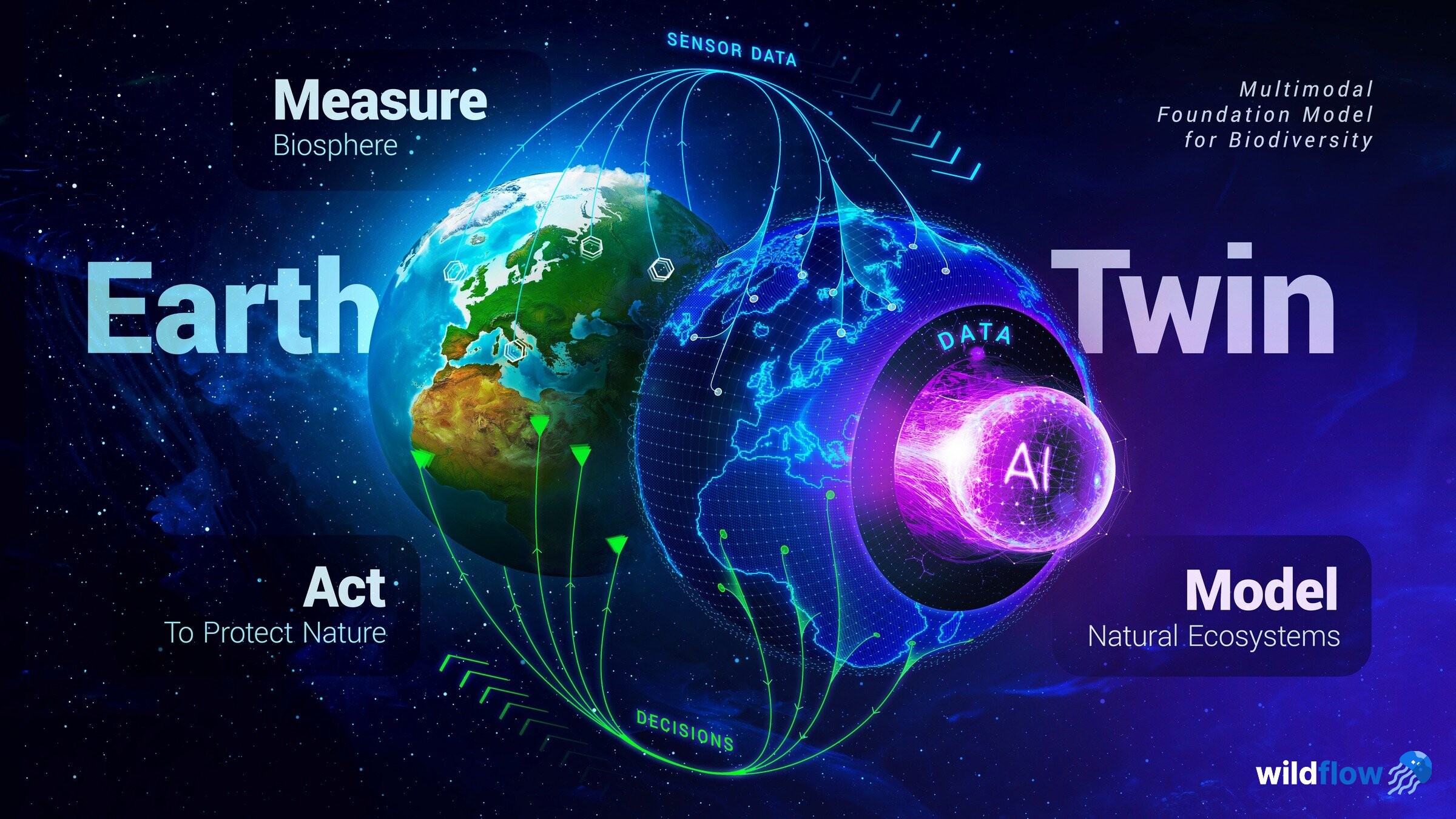

Problem
Natural ecosystem services provide benefits of $125-140T per year, surpassing the entire global GDP. Sadly, we already lost 69% of living things on the planet over the past 50 years. To survive as a species, we must protect our ecosystems. Did you know wolves make rivers? We don’t really understand how ecosystems work. Especially the ocean – it’s like a black box – we still know less about the ocean than about outer space. We need to protect our ocean, and we don’t have much time for it. We need to deploy more solutions faster. A lot of amazing people genuinely want and are trying to help the ocean! Unfortunately, often, poor understanding leads to poor decisions that eventually harm nature. Luckily, we now have a ton of data to understand oceans better. In 2018 alone, we had more ocean data than in the entire 20th century (Nature). It’s growing rapidly and will continue growing with the development of robotics, new sensing solutions, and data collection companies. So the big challenge ishow do we process this insane “tsunami” of data, comprehensively
understand how natural ecosystems function, and empower humans to make
better decisions on protecting/restoring our ecosystems?
Solution
The good news is that AI can help. It’s great at analysing massive amounts of data and helping make quality decisions. Its capabilities are growing. People are working on foundation models for robots, geospatial data, chemistry, physics, and more. These are large-scale AI models trained on massive amounts of data and adapted to perform various tasks. We need foundation models for biodiversity to model natural ecosystems, especially the ocean.Wildflow
 Wildflow was founded to comprehensively understand nature and empower humans to make better decisions about protecting our ecosystems. Wildflow (wildlife + dataflow) is a planetary digital nervous system that connects all sensors measuring the biosphere, such as eDNA, underwater cameras, bioacoustic microphones, remote sensing, etc., to real-world actions like restoring coral reefs, creating marine protected areas, preventing algal blooms, managing invasive species, etc. We’re building multimodal foundation models for biodiversity, trained on the insane amounts of raw sensor data from the ground up, and comprehensively understanding how ecosystems function. All intricate ecosystem dynamics, such as population dynamics, predator-prey dynamics, phenological events (like coral spawning), etc. How agricultural runoff, overfishing, and other human activities impact ecosystems. How ecosystems affect humans through ecosystem services, like oxygen production, water purification, coastal protection, tourism and more. It’s the ultimate digital twin of nature, allowing people to simulate different “what-if” scenarios and see how our decisions impact ecosystems. It deeply understands nature and guides human activities.
Wildflow was founded to comprehensively understand nature and empower humans to make better decisions about protecting our ecosystems. Wildflow (wildlife + dataflow) is a planetary digital nervous system that connects all sensors measuring the biosphere, such as eDNA, underwater cameras, bioacoustic microphones, remote sensing, etc., to real-world actions like restoring coral reefs, creating marine protected areas, preventing algal blooms, managing invasive species, etc. We’re building multimodal foundation models for biodiversity, trained on the insane amounts of raw sensor data from the ground up, and comprehensively understanding how ecosystems function. All intricate ecosystem dynamics, such as population dynamics, predator-prey dynamics, phenological events (like coral spawning), etc. How agricultural runoff, overfishing, and other human activities impact ecosystems. How ecosystems affect humans through ecosystem services, like oxygen production, water purification, coastal protection, tourism and more. It’s the ultimate digital twin of nature, allowing people to simulate different “what-if” scenarios and see how our decisions impact ecosystems. It deeply understands nature and guides human activities.
